A quick guide to Oslo, Norway
/A little bit about Oslo
Oslo is the largest city in Norway and has the second-largest municipality in the Nordic region. Also a capital city, Oslo boasts a collection of world class museums and attractions as Norway’s economic and governmental hub.
Like its fellow Scandinavian cities, Oslo is expensive, ranking ninth overall on Price of Travel’s European Backpacker Index for 2016 and attracts a lot of business travellers.
But while much of the country’s scenic beauty attributed to their western coastline and impressive fjords, Oslo’s beautiful steel and glass structures, which contrast surrounding rugged landscape, make it perfect for year-round exploration.
Originally Oslo was a small town-like settlement, believed to have started around the year 1000 AD. After a dramatic fire in 1624, king Christian IV declared that the town would be rebuilt in a different area and ended up changing its name to Christiania. The spelling of the town changed to Kristiania in 1877 and in 1925 reverted back to its original name, Oslo.
Why should you go?
As a budget traveller, the biggest reason to go would be the extremely low airfares. Just four months ago I wrote about a promotion that Ryanair had, offering return flights to Oslo from Liverpool for an astounding £2. But while that offer may now have passed, there plenty of cheap flights to Oslo's airports still available.
Oslo seems to be a city that falls behind the likes of nearby Copenhagen, Reykjavik and Stockholm when it comes to discussing places to spend a short break, but the Norwegian heartland should not be overlooked.
Oslo is a trove of museums, headlined by the Nasjonalgalleriet (National Gallery) – home to one of four versions of Edvard Munch’s Scream paintings and a version of Madonna, as well as works from Vincent van Gogh and Pablo Picasso.
The main attractions
Nasjonalgalleriet (National Gallery)
Munch, van Gogh and Picasso all under one roof is a must for any art lover. Those not so sold on artwork should still be able to find excitement in world-renowned masterpiece The Scream, sold in 2012 for $119.9 million which made it the eighth-most expensive painting in the world at that time.
Opening times: Tue, Wed & Fri 10am-6pm; Thu 10am-7pm; Sat & Sun 11am-5pm; Mon Closed
Price: 100 NOK (Adults) / 50 NOK (Concessions) / Free (Oslo Pass)
Fram Museum
Along with the Viking Ship Museum and the Folk Museum, the Fram museum completes a trio of excellent museums that can be found on the Bygdøy peninsula.
Housed inside a building shaped like a camping tent, the museum is home to the ship Fram, used by famous Norwegian Roald Amundsen and has sailed to both the north and south poles, becoming the first ever ship to do so.
Although not used since 1912, coincidentally the year that Titanic sank, the ship is preserved in all its glory, and visitors can fully explore the ship and its inner workings.
There are also exhibits exploring arctic exploration worldwide, as well as plenty of interactive bits to keep younger ones amused.
The Fram Museum is one of the finest in Europe and should be a cornerstone of every first-time visit to Oslo.
Opening times: Daily 9am-6pm
Price: 100 NOK (Adults) / 70 NOK (Seniors) / 40 NOK (Children/Students) / Free (Oslo Pass)
Vikingskipshuset (Viking Ship Museum)
Also in Bygdøy, the Viking Ship Museum has the remains of the world’s two best-preserved Viking ships, as well as Viking artefacts and remains recovered from sites at Gokstad, Oseberg and Tune and other Viking tombs around the Oslo Fjord.
While the museum and its contents have interesting exhibits, it’s probably not somewhere that would capture the attention of children.
Opening times: Daily 9am-6pm (Summer), 10am-4pm (Winter)
Price: 80 NOK (Adults) / 50 NOK (Concessions) / Free (Oslo Pass, Children)
Holmenkollen
Looking down from the top of the ski jump.
Holmenkollen, located on one of Oslo’s surrounding mountains, is a large ski jump which was used in the 1952 Winter Olympic Games.
Over time it has expanded in size, and inside it hosts the world’s oldest ski museum, which not only gives an overview of snowsports across the globe, but also a detailed account of the history of skiing in Norway. It also has a cool play area suitable for all ages.
Inside the ski museum.
In addition, there are two viewing platforms at the top of the tower – one at the summit of the jump, and the other a few feet above. The views over Oslo and the surrounding region are amazing, but it is bitterly cold in winter so make sure to dress accordingly.
To get there you’ll need to get the Metro no. 1 to Holmenkollen station – a ride itself worth making the trip for.
Opening times: Daily 9am-8pm
Price: 130 NOK (Adults) / 65 NOK (Children) / 110 NOK (Concessions) / Free (Oslo Pass)
Norsk Folke Museum (Norwegian Folk Museum/Museum of Cultural History)
The Folk Museum may be the hidden gem of Oslo’s attractions. Although it is quite well known by the accounts of several top travel websites, its outside looks unassuming. But behind the entrance lies one of Europe’s largest open-air museums, with 155 traditional houses from all over Norway – a collection including a stave church from the year 1200.
In the summer, the museum offers freshly-based lefse, horse and carriage rides, animal feeding, guided tours and handicraft destinations. And though that may not be available in winter, the contrast of the snow and wood is a sight to behold.
Opening times: Daily 10am-6pm
Price: 125 NOK (Adults) / 40 NOK (Children under 16) / 90 NOK (Concessions) / Free (Oslo Pass, Children under 6)
Getting there
Getting off the plane at Moss Rygge airport.
By air: Although Oslo is closely served by Oslo Airport at Gardermoen, with Norwegian flying there from the United Kingdom, flights to Oslo Torp and Oslo Moss Rygge airports with Ryanair are generally cheaper. Those airports do require connecting coaches which take about an hour to reach the city and are an additional cost, but they combine with the flight prices to still create a saving.
By rail: Oslo has a central railway station, but for travellers coming from other countries, it is much more economical to fly.
By bus: Busses connect Torp and Moss Rygge airports to Oslo, but like with trains, Oslo is in an awkward place to get to by land from other countries and it is best to fly.
Where to stay
One of the rooms at Citybox Oslo.
Citybox Oslo is a great place to stay for those on a lesser budget. The rooms are basic and simple, but have a modern feel to them and with a great location to boot, paying an average of £50 per night seems more than a reasonable fee.
Oslo also has a selection of hostels, but they aren’t actually a great deal cheaper than Citybox. Alternatives can be found at Booking.com.
Where to eat and drink
One of Oslo’s pitfalls is its food and drink. Not that the selection is poor, or that there is a shortage of good eateries available, but it is the price of both that ruins it.
With pints of beer ranging from £6 to £9, and cocktails usually costing even more, it adds caution to what should be a leisurely activity.
Chain restaurants tend to be a little cheaper, and if you shop around there are some cheaper independents that can be found - but they really are few and far between.
Five observations
Get an Oslo Pass!
The Oslo Pass is the ultimate multi-use card for those visiting the city. As well as offering unlimited public transport for as long as it is valid for, the Oslo Pass gives holders access to the majority of the city’s biggest attractions and discounts at certain bars and restaurants.
Unlike some city cards, the Oslo Pass virtually covers all bases, and is a great companion to any Oslo adventure. With the card you will receive a map, and experts are on hand to assist with any Oslo-related needs.
Prices for adults start at 335 NOK (£29.50) for 24 hours and 48 and 72-hour cards are also available.
Ice skating is a must
While Norway’s national sport may be skiing, visitors to the city may want to try their hand at another winter activity – ice skating.
Frogner Stadion is home to the city’s largest rink where people have the option to skate or play popular sport bandy. Those of lesser experience may want to give the ice rink at Spikersuppa, in the heart of the city centre, a go. Not only is it free of use (discarding the small charge for skate hire if you don’t already have your own), but the rink glows at night with the surrounding trees illuminated by fairy light.
Oslo CAN be enjoyed by budget travellers
The biggest drain on a wallet or purse in Norway is the food and drink. But if you don’t mind shopping around and trading breakfast and lunch in restaurants to quick bites from a supermarket, then pennies can be saved.
Oslo is cheap to get to, has reasonably priced accommodation and the Oslo Pass is one relatively small fee to be able to enjoy all the sights and attractions that are on offer.
While it isn’t Poland, Ukraine or Romania, there are by far more expensive places to visit such as London, Helsinki and Zurich. Oslo, like a lot of cities, is as expensive as you make it.
The city is absolutely stunning in winter
I went in winter, and a snow-covered Oslo looked absolutely remarkable. One of the best things about the snow is that photos essentially took themselves.
While the temperatures may be below freezing, make sure to wrap up warm and brave the cold for a regret-free experience. It will certainly be worth it.
Did you know?
King Olav V of Norway, a popular figure in the country could often be seen integrating with the public. His love of skiing meant regular trips to Holmenkollen ski arena and during the 1973 energy crisis, when driving was banned on certain weekends, he dressed up in a skiing outfit and boarded the Holmenkollbanen suburban railway carrying his skis on his shoulders.
In 2005, Olav V was voted ‘Norwegian of the century’ – even though he was actually English!


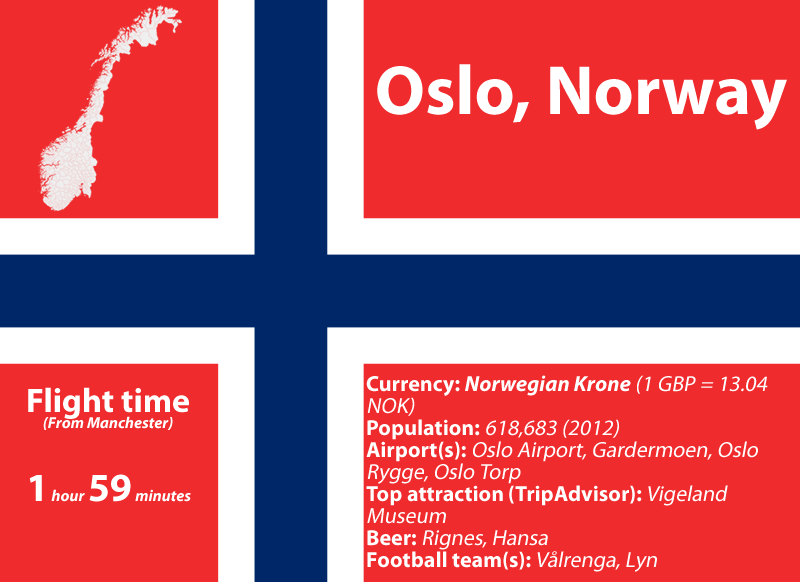
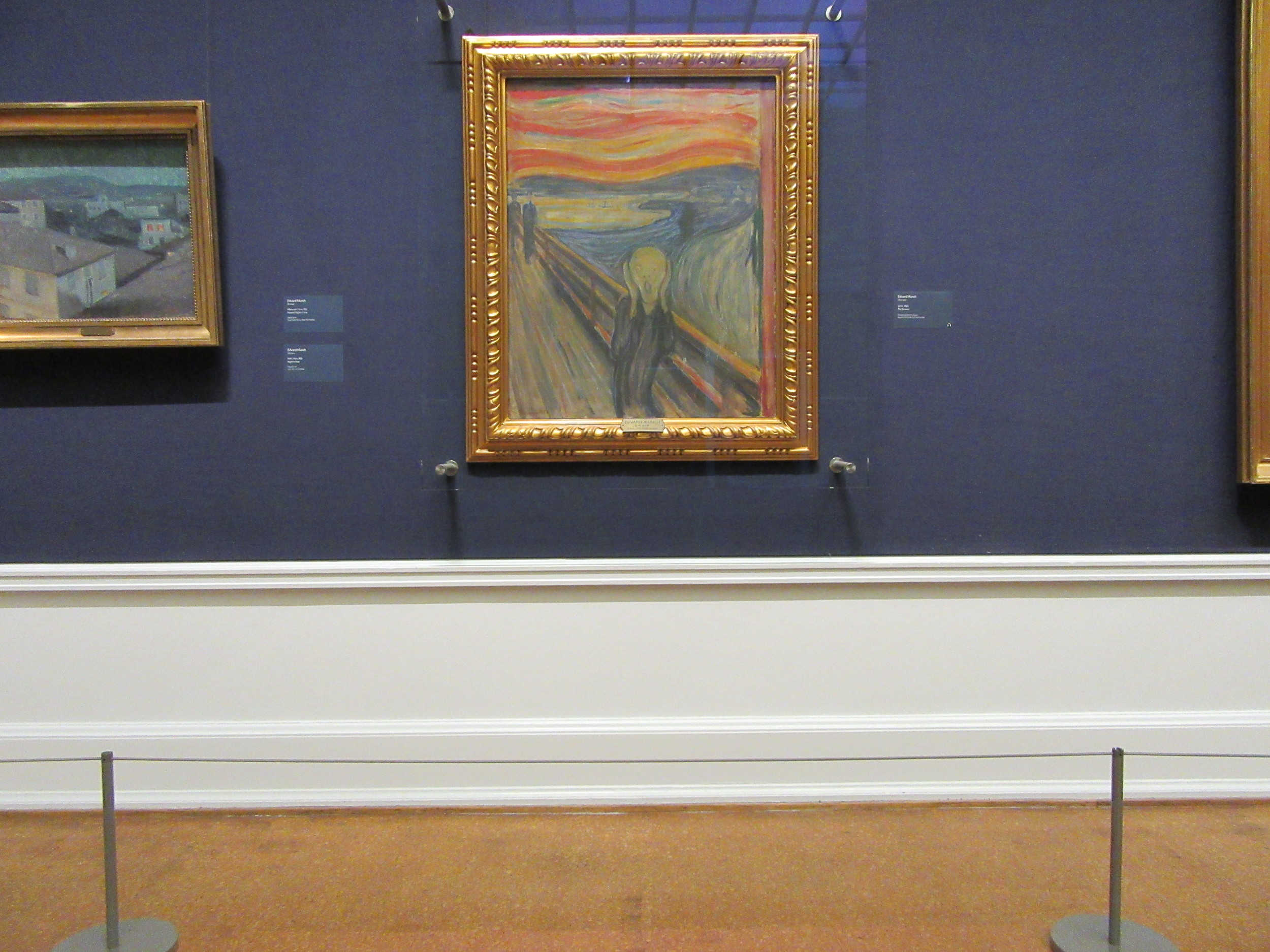

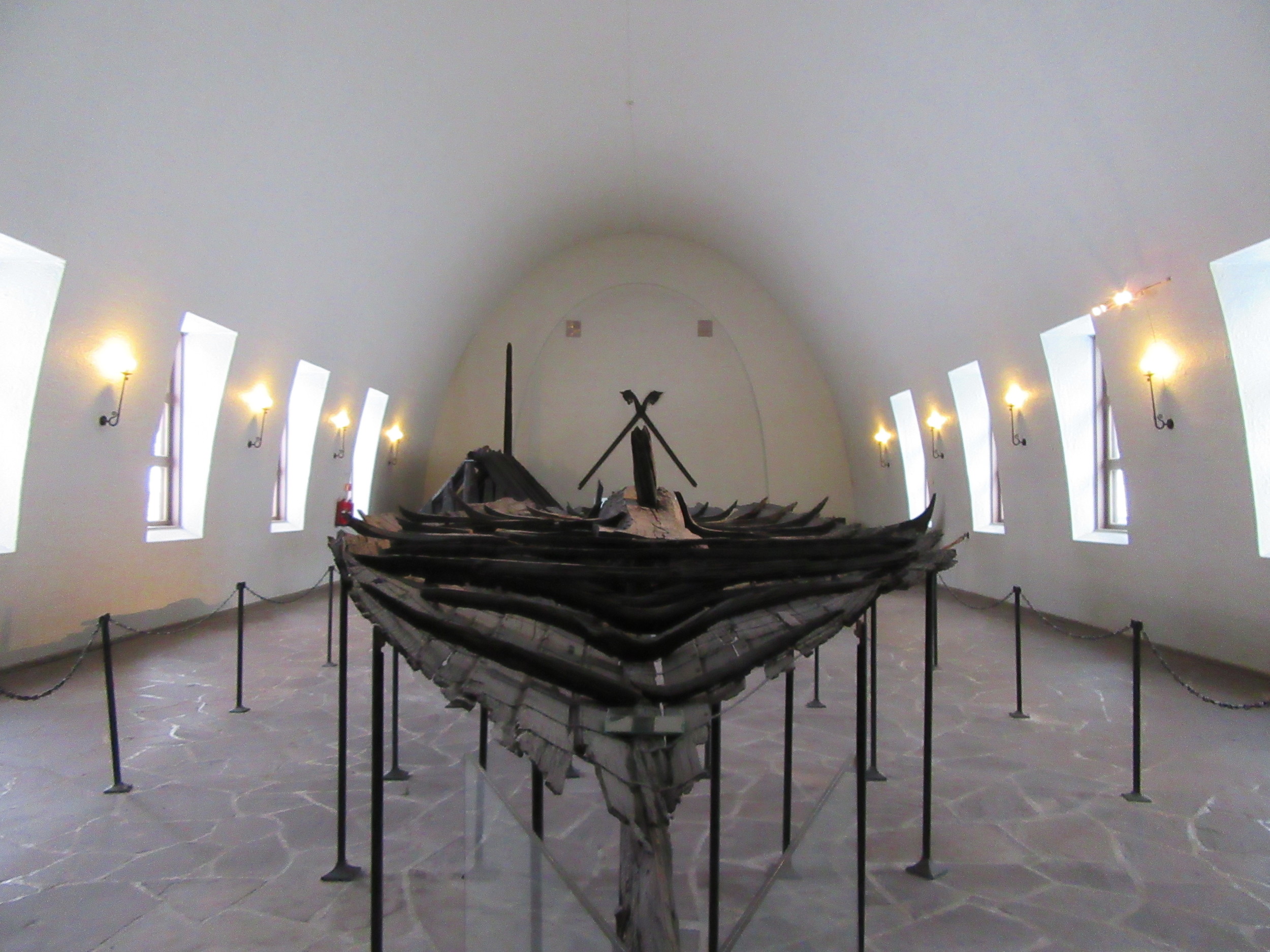
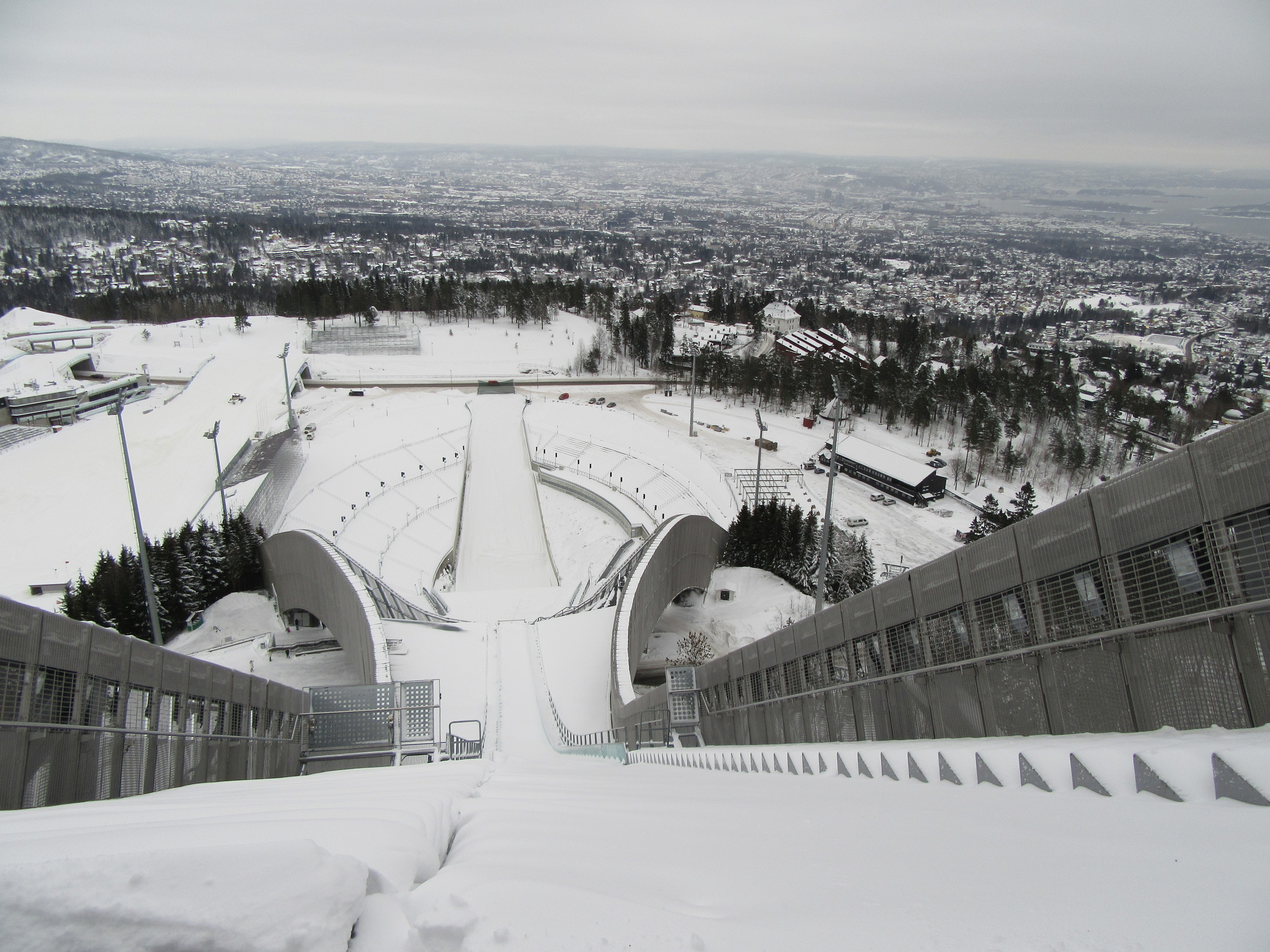


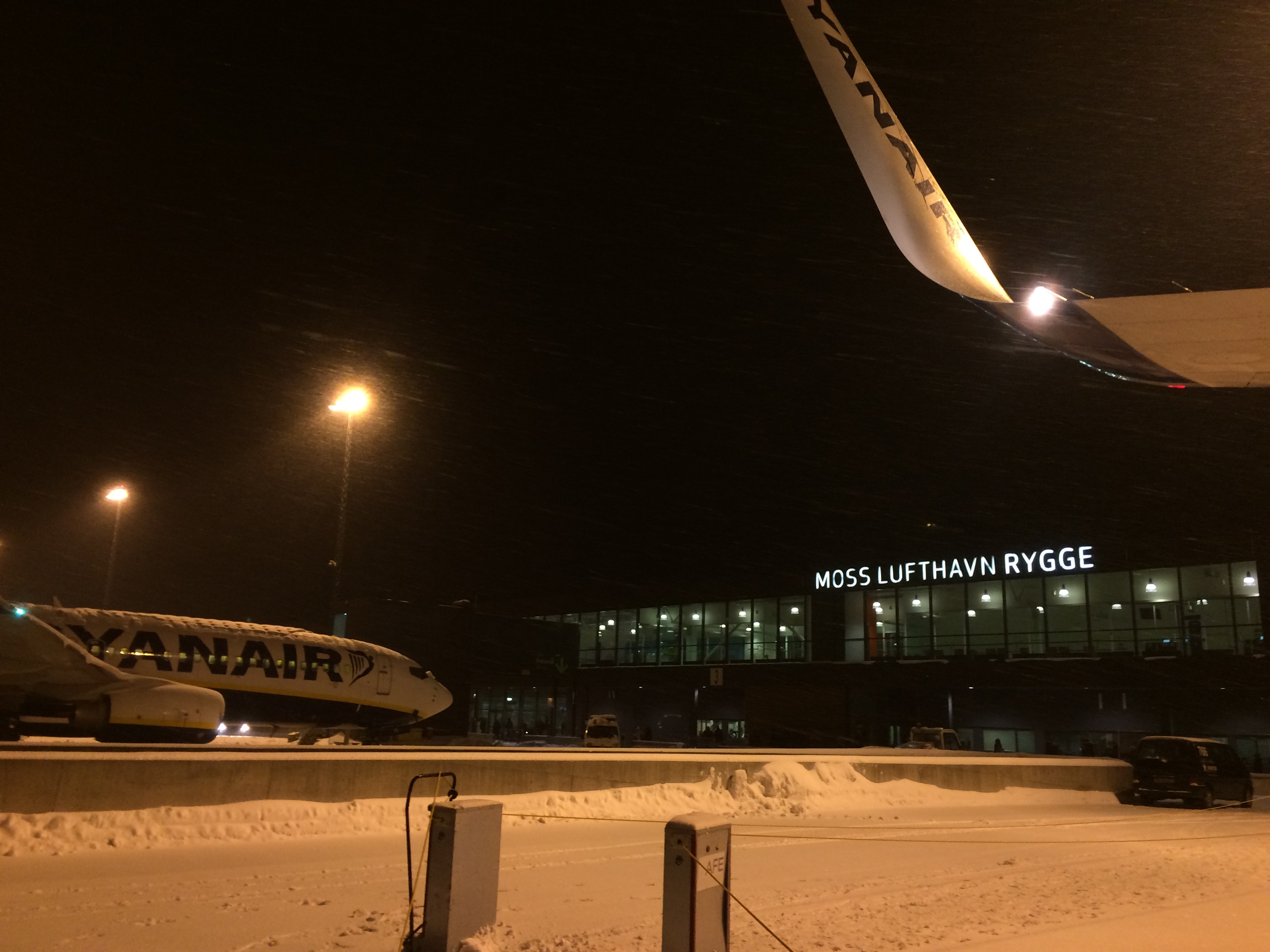

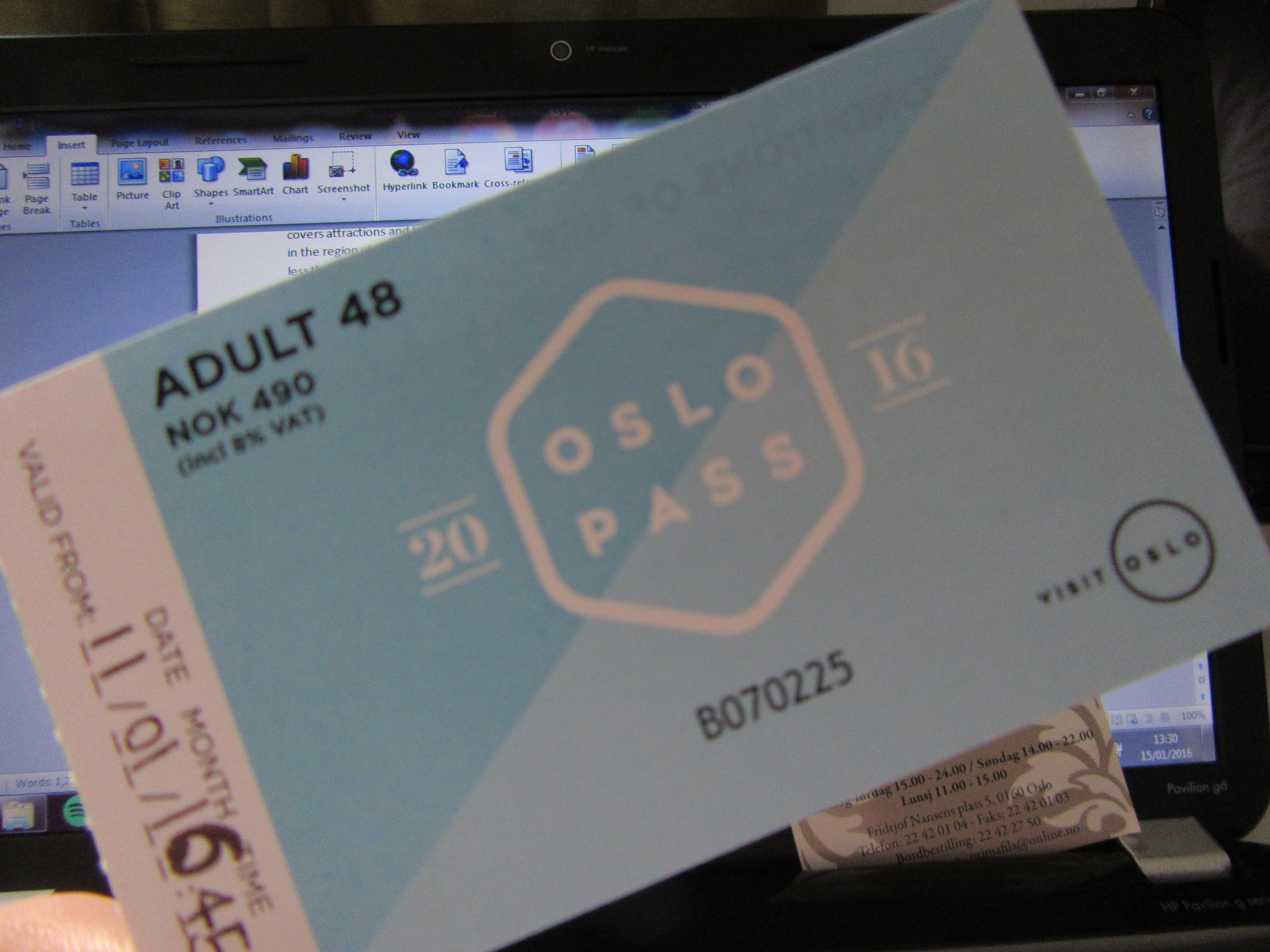

















Looking for Bergen ideas? Here’s a rundown of the five things you have to do in Bergen, Norway.